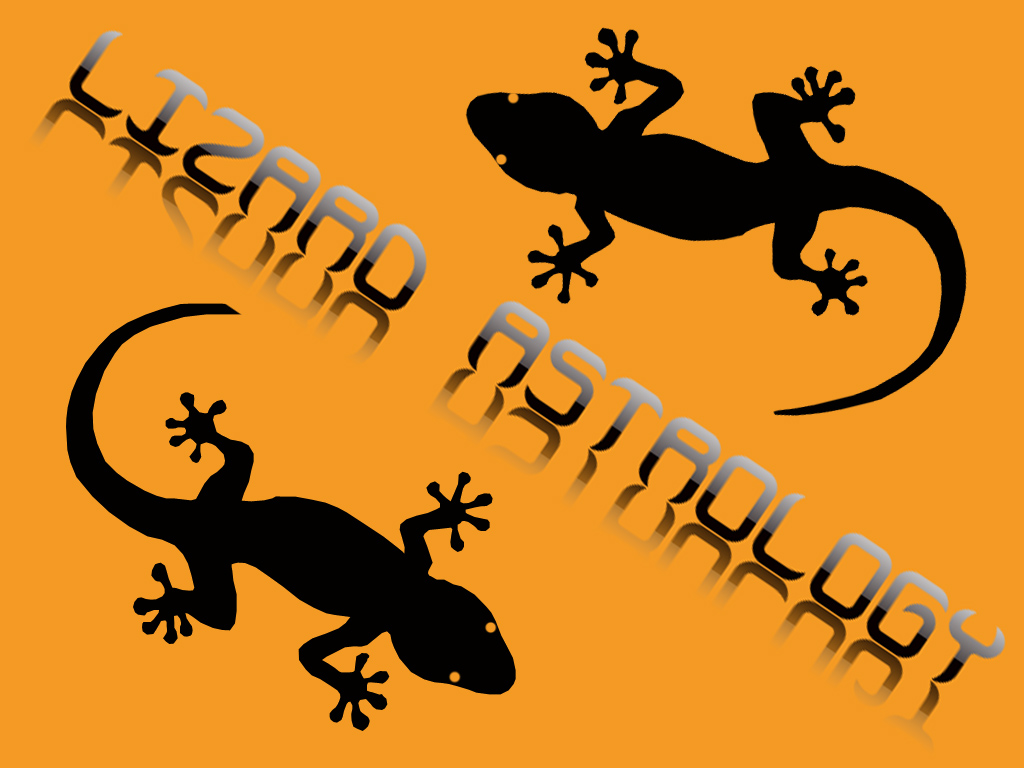SHAMANISM
SHAMANISM
Shamanism is a term used in a variety of anthropological,
historical and popular contexts to refer
to certain magico-religious practices that involve a practitioner reaching
altered states of consciousness in order to encounter and interact with the spirit world. A Shaman is a person
regarded as having access to, and influence in, the world of benevolent and malevolent
spirits, who typically enters a trance state during a ritual, and practices
divination and healing. The exact definition and use of the term “shamanism”
has been highly debated by scholars with no consensus on the issue.
Mircea Eliade, writes “A first definition of this complex
phenomenon, and perhaps the least hazardous, will be: Shamanism= “technique of
religious ecstasy”. Shamanism encompasses the belief that shamans are
intermediaries or messengers between the human world and the spirit worlds.
Shamans are said to treat ailments/illness by mending soul. Alleviating traumas
affecting the soul/spirit restores the physical body of the individual to
balance and wholeness. The Shaman also enters supernatural realms or dimensions
to obtain solutions to problems affecting the community. Shamans may visit
other worlds/dimensions to bring guidance to misguided souls and to ameliorate
illnesses of the human soul caused by foreign elements. The Shaman operates
primarily within the spiritual world, which in turn affects the human world.
The restoration of balance results in the elimination of the ailment.
Shamans gain knowledge and power to heal by entering in to
the spiritual world or dimension. Most Shamans have dreams or visions that tell
them certain things. The Shaman may have or acquire many spirit guides, who
often guide and direct the Shaman in his travels in the spirit world. These
spirit guides are always present within the Shaman though others only encounter
them when the Shaman is in a trance. The spirit guide energizes the Shaman,
enabling him to enter the spiritual dimension. The Shaman heals within the spiritual
dimension by returning ‘lost’ part of the human soul from whenever they have
gone. The Shaman also cleanses excess negative energies which pollute the soul.
There are many variations of Shamanism throughout the world,
but several common beliefs are shared by
all forms of Shamanism
1.
Spirits exist and they play important roles both
in individual lives and human society.
2.
The
Shaman can communicate with the spirit world.
3.
Spirits can be benevolent or malevolent.
4.
The Shaman can treat sickness caused by
malevolent spirits.
5.
The Shaman can employ trance inducing techniques
to incite visionary ecstasy and go on vision quests. The Shaman spirit can
leave the body to enter the supernatural world to search for answers.
6.
The shaman evokes animal images as spirit
guides, omens, and message-bearers.
The Shaman can tell the future, scry, through
bones/runes, and perform other varied forms of divination.





After years of battling COPD with little to no lasting relief, I turned to the herbal treatment from NaturePath Herbal Clinic—and it’s one of the best decisions I’ve made.
ReplyDeleteWithin just four months, I experienced noticeable improvements: easier breathing, reduced coughing, and a significant decrease in chest tightness. I'm now able to walk longer distances, sleep more soundly, and enjoy daily activities without constant fatigue or shortness of breath.
This treatment has genuinely transformed my quality of life. If you're seeking a natural and effective solution for COPD, I wholeheartedly recommend NaturePath Herbal Clinic.
Learn more: www.naturepathherbalclinic.com